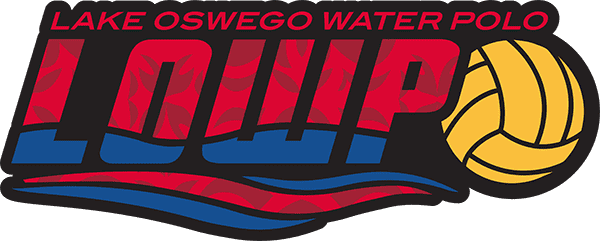College Information
We are aware that the recruiting process can be a long and difficult process for most families. With much of our coaching staff having gone through the recruiting process we have collected some resources and answered some common questions to help you navigate the pursuit of playing college water polo. Most of this information and much more can be found on the NCSA College Recruiting website
What is the college recruiting process for a college coach?
- Coaches gather a list of prospective athletes
- Coaches send out recruiting letters, questionnaires, and tryout invites
- Coaches conduct evaluations at tournaments, tryouts or training sessions
- Coaches extend verbal offers and scholarships
- Sign athletes
What should you do?
Don’t wait to start the recruiting process until college coaches can contact you. As early as your freshman year you can begin putting yourself out there. Below are the steps we recommend taking when beginning your recruiting process.
- Reach out to your LOWPO coaches to discuss your intentions as early as possible. We will help to guide you through the recruiting process.
- Create an account for the NCAA Eligibility Center and follow the steps on the website.
- Research water polo programs: Research and identify which schools with college water polo programs best meet your academic, athletic, financial and social needs.
- Build a recruiting profile on multiple platforms. Below are a few examples of some platforms used by college coaches.
- Create a recruiting video
- Contact college coaches: Email the coaches of the programs that you are interested in. Begin with an introductory letter to express your interest – we encourage you to share this with your coaches for feedback before sending. Send updates to the college coaches with new transcripts, standardized test scores, important athletic achievements, and game schedules for any tournaments you think they may attend.What is the timing of the recruiting process?
The recruiting process actually begins before a student-athlete has had any recruiting interaction with a college coach. Coaches can only start proactively reaching out to recruits on June 15 after their sophomore year.Student-athletes can partake in early recruiting by reaching out to college coaches with emails, video, transcripts, etc.—college coaches just can’t respond until the rules say they can.
Communication with coaches should increase significantly beginning with the summer before the student-athlete’s junior year. The summers after their sophomore and junior years are the most critical for meeting coaches in person at tournaments.
Unofficial and official campus visits are allowed beginning August 1 of their junior year. Most programs will offer opportunities for unofficial visits in the spring of their junior year, and official visits in the fall of their senior year.
Players commit to programs throughout the recruiting cycle, and different programs often have different pacing with their recruiting. However, most programs look to finalize their class between October and April of the student-athletes’ senior year.
Learn about the different division levels
There are many different levels of competition. It is important to know the differences when starting the recruiting process. Below are some characteristics of each level.
- NCAA Division I—This is the highest level of college athletics and, thus, the most competitive. D1 schools typically have large budgets, expensive facilities, and the student-athletes are expected to train and travel extensively.
- NCAA Division II—While still a competitive division, D2 athletes are provided more balance in their lives, as training and competition aren’t as intense. Scholarships are also offered at this level.
- NCAA Division III—No athletic scholarships are offered for D3 student-athletes, but there are many other forms of financial aid. The competition levels are still very high, but practice seasons are shorter, and there’s more of an academic focus.
- NAIA—A much smaller community than the NCAA—with a little over 250 schools—the NAIA is a great option for student-athletes who love their sport but are looking for a smaller or private college, or a specific major.
- NJCAA—Junior college (JUCO) is a good option for the student-athlete looking to get a sense of what college athletics are like at a two-year institution before transferring to a four-year college. Many student-athletes compete at the JUCO level because they are working on their NCAA eligibility or are trying to save money before transferring to a four-year college.
